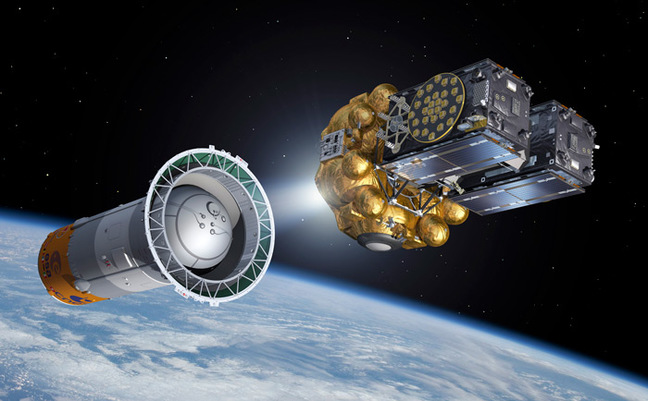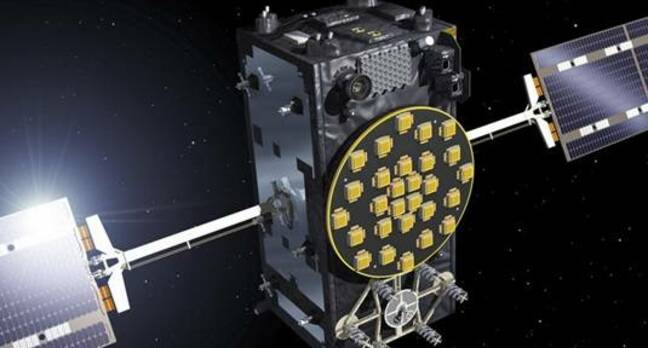As reported by TNW News: While drones have been getting a bad rap for dropping from the skies at inopportune moments, a new drone from Rutgers University can swim as well as fly.
Funded by a grant from the Office of Naval Research, the Naviator can be deployed for either aerial reconnaissance or for snooping underwater.
| Recently a World championship skier was nearly hit by a falling drone during the World Cup in Italy. |
“They have submarines that can launch things from the submarine and it pops out into the water and goes and does some things, but it can’t come back,” explains Marco Maia, a Rutgers doctoral student who worked on the project.
“It does one mission and one mission only. Then you have airplanes that deploy vehicles from the air that can dive into the water, from then on they’re in the water and cannot come back out. This vehicle does all those things.”
“It does one mission and one mission only. Then you have airplanes that deploy vehicles from the air that can dive into the water, from then on they’re in the water and cannot come back out. This vehicle does all those things.”
The Office of Naval Research has taken a keen interest in the project as it can help with the maintenance of ships, explains associate professor Javier Diez.
“They have a number of applications we’ve been talking about. You can do ship inspections. You can deploy from the bridge and quickly be able to make the decision on whether to call a repairman or not. If you have an oil spill you can use this to see how far and how deep the spill goes.”
The naviator is just a concept for now. But the team from Rutgers are looking to improve speed and its ability to carry bigger payloads.
➤ The Naviator, A Drone Capable of Flying in the Air and Maneuvering Through Water [Laughing Squid]
The naviator is just a concept for now. But the team from Rutgers are looking to improve speed and its ability to carry bigger payloads.
➤ The Naviator, A Drone Capable of Flying in the Air and Maneuvering Through Water [Laughing Squid]











